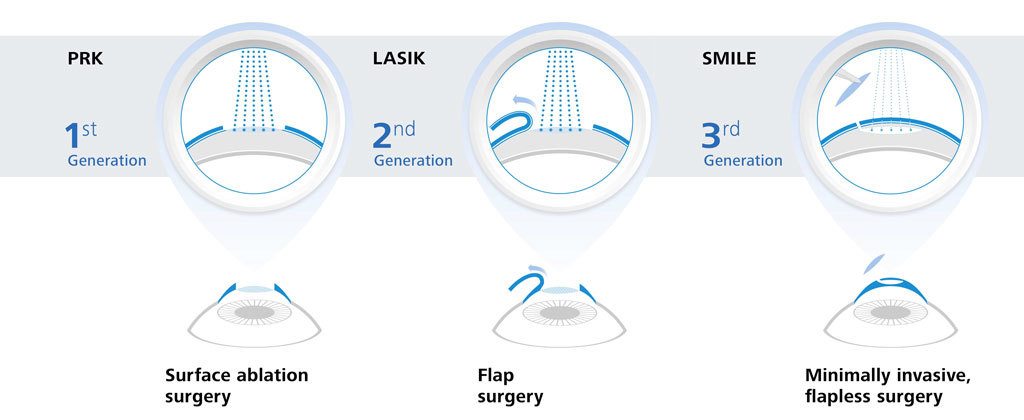Refractive Lens Exchange Explained: What Your Optometrist Isn't Informing You
Produced By-Sumner Cochran Have you ever thought about Refractive Lens Exchange (RLE) as an option for vision adjustment? While it isn't as widely discussed as LASIK, RLE could be a game-changer for your eyesight. https://www.google.com/maps/place/ClearSight+LASIK+%26+Lens+Plano/data=!4m2!3m1!1s0x0:0xc3e889b4b130e5a7?sa=X&ved=1t:2428&ictx=111 forget its benefits, thinking typical methods are their only selection. But what are the genuine benefits, and what might your eye doctor not be telling you concerning this procedure? Let's discover the ins and outs of RLE together.
Understanding Refractive Lens Exchange: The Fundamentals
Refractive lens exchange (RLE) is a surgical procedure that can significantly improve your vision, specifically if you're managing presbyopia or severe refractive mistakes. Throughout RLE, your eye specialist eliminates your eye's natural lens and replaces it with a fabricated one customized to your vision needs. This treatment can correct nearsightedness, farsightedness, and astigmatism, offering you clearer vision without relying on glasses or contact lenses. The surgical treatment is usually fast, taking less than an hour, and the majority of people experience minimal discomfort. Recuperation is fairly quick, permitting you to return to your daily activities soon after. If Lasik Side Effects taking into consideration RLE, talking to your eye doctor can assist you establish if it's the appropriate choice for you.
Trick Differences In Between RLE and Traditional Cataract Surgical Procedure
While both refractive lens exchange (RLE) and typical cataract surgical treatment involve changing the eye's all-natural lens, their main goals and individual profiles differ dramatically. RLE is targeted at individuals seeking to lower their dependence on glasses or call lenses as a result of refractive errors, commonly before cataracts develop. In contrast, conventional cataract surgical treatment usually targets patients who have actually created cataracts, which cloud the lens and harm vision. The lenses made use of in RLE can offer a broader range of vision modification, while common cataract surgical treatment generally involves basic monofocal lenses. In addition, RLE prospects are frequently younger and in excellent general wellness, whereas cataract individuals might be older and have various other wellness concerns. Picking the appropriate treatment depends on your certain vision demands and circumstances.
Possible Advantages and Considerations of RLE
If you're taking into consideration refractive lens exchange (RLE), you'll locate numerous prospective advantages that might improve your lifestyle. RLE can supply you with more clear vision, minimizing or eliminating the demand for glasses or call lenses. It uses an opportunity to attend to presbyopia and other refractive errors simultaneously, typically improving your general visual acuity. Furthermore, RLE can be an excellent alternative if you're not a suitable candidate for LASIK. However, it's important to evaluate the considerations, like the cost, possible dangers, and the recovery period. Discussing your details requirements with your ophthalmologist can aid you make an informed choice, ensuring you choose the best course for your vision adjustment. Verdict To conclude, refractive lens exchange provides an unique option for vision correction that goes beyond what LASIK can supply. It's important to evaluate the benefits versus potential risks and prices before making a decision. Do not think twice to ask your optometrist the difficult questions to ensure you completely comprehend the procedure and its ramifications for your vision. With the right information, you can with confidence choose the best alternative for your eyes and way of life. 